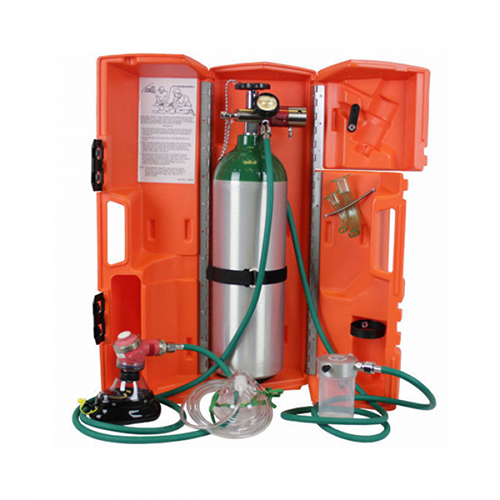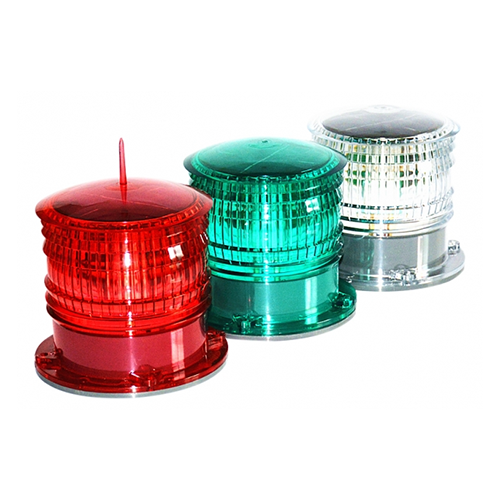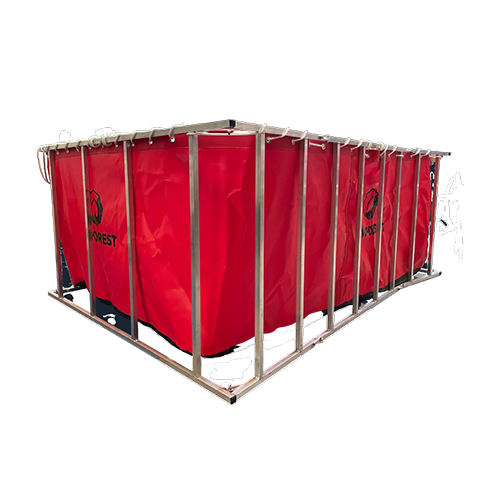Description
Key Features of Oxygen Resuscitators:
- Bag-Valve-Mask Design: Oxygen resuscitators consist of a self-expanding bag, a one-way valve, and a mask that covers the patient’s nose and mouth. The bag is manually squeezed to deliver a positive-pressure breath to the patient.
- Oxygen Supply: The device is connected to a source of high-flow oxygen, which is delivered to the patient’s lungs with each squeeze of the bag. The oxygen concentration can be adjusted based on the patient’s needs.
- Positive-Pressure Ventilation: Oxygen resuscitators provide positive-pressure ventilation, which means that the bag is squeezed to deliver air and oxygen into the patient’s lungs, helping to inflate them and facilitate gas exchange.
- One-Way Valve: The one-way valve prevents exhaled air from entering the device, ensuring that the patient receives fresh oxygen-rich air during ventilation.
- Mask Options: Oxygen resuscitators are available with different mask sizes to fit patients of various ages, from infants to adults.
- Exhalation Port: Some resuscitators have an exhalation port that allows exhaled air to escape, preventing the buildup of pressure in the patient’s lungs.
- Pop-Off Valve: Some advanced models feature a pop-off valve that releases excess pressure if the pressure inside the patient’s lungs becomes too high.
Applications:
- Cardiopulmonary Resuscitation (CPR): Oxygen resuscitators are used to provide ventilation and oxygenation during CPR.
- Respiratory Distress: They are employed to assist patients in respiratory distress, especially when spontaneous breathing is inadequate.
- Medical Emergencies: Oxygen resuscitators are used in various medical emergencies where proper ventilation is required.
Usage:
- Place the mask over the patient’s nose and mouth, ensuring a proper seal.
- Squeeze the self-expanding bag to deliver positive-pressure breaths.
- Observe the patient’s chest rise and fall during each ventilation.
Maintenance:
- Regularly inspect the components for wear, damage, or leakage.
- Clean and disinfect the mask, bag, and valves according to infection control guidelines.
- Ensure the oxygen supply is functioning correctly and the device is properly assembled.
Oxygen resuscitators are critical devices used to provide life-saving ventilation and oxygenation to patients experiencing respiratory distress or cardiac arrest. Proper training, maintenance, and adherence to clinical guidelines are essential for healthcare providers and responders who use oxygen resuscitators to deliver effective and safe ventilation during medical emergencies.









